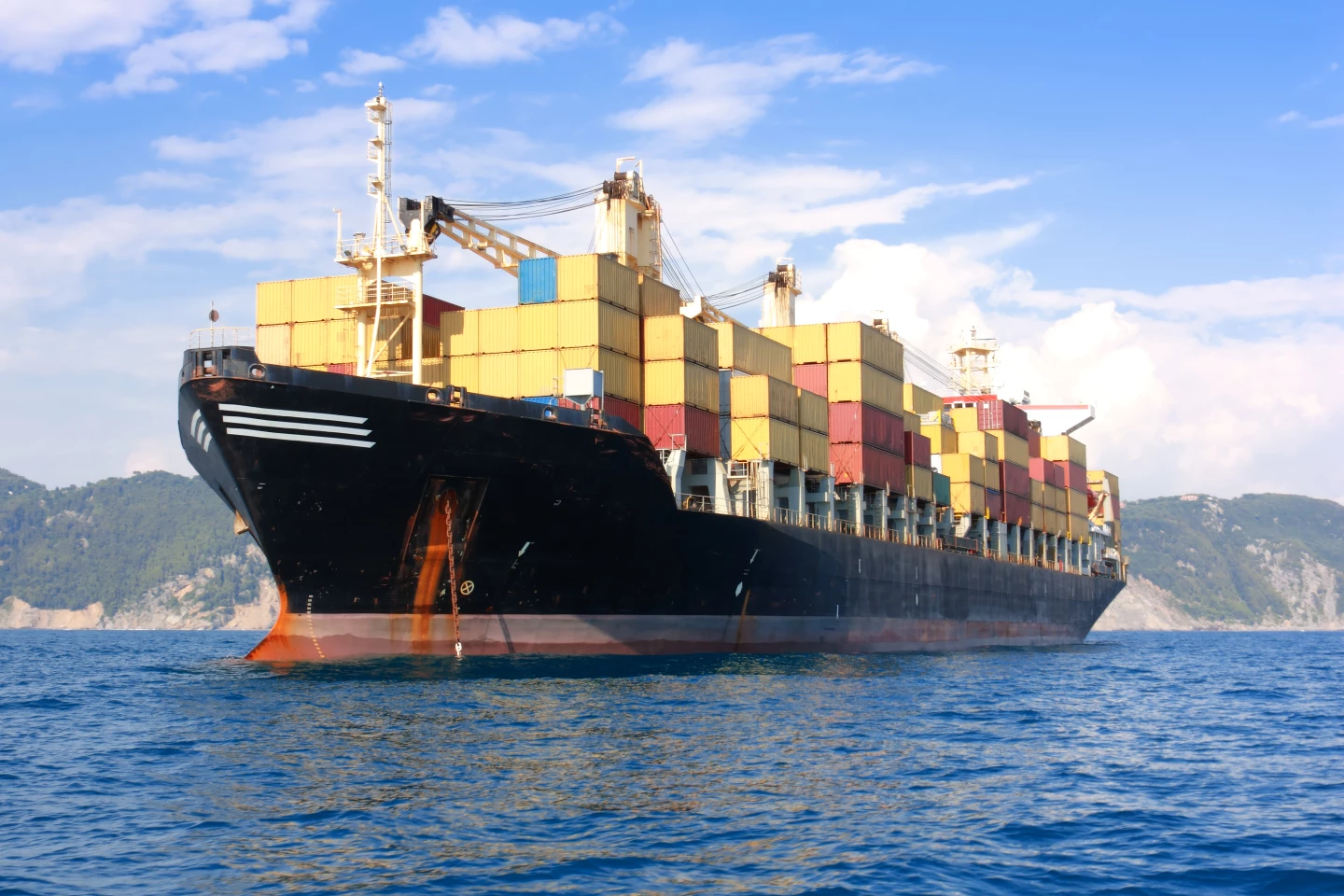Greenhouse gas emissions from the shipping sector are shaping up as one of the toughest slices of the emissions pie to eliminate – and even if they're a relatively small slice (about 1.7 percent of total global emissions), they still need to be dealt with. But giant, heavy ships pushing through water for thousands of miles at a time require extraordinary amounts of energy, and finding viable alternatives to marine diesel is proving extremely difficult.
Onboard nuclear reactors deliver extreme clean range for large boats like nuclear icebreakers and submarines, but they're way too expensive for cargo shipping, which needs to be cheap to sustain the 90 percent share of global commerce it underpins. Batteries are a non-starter due to their crummy energy density. Hydrogen, ammonia and carbon-neutral electrofuels offer some hope, but until they're proven at scale, other alternatives need to be investigated.
Here's a fascinating proposition from a Northwestern University research team: what if big ships just keep on using hydrocarbons, taking advantage of their juicy energy density and well-established delivery infrastructure – but capture all the carbon emissions on board, and offload that carbon to be geosequestered deep underground at each destination port?

The ships couldn't use regular combustion engines; these release not only CO2, but large amounts of nitrogen as well, so there would be too much exhaust gas to capture and store on board.
Instead, they would run on electric propulsion, with power generated from hydrocarbons using a solid oxide fuel cell, or SOFC. Typically run in a zero-emissions fashion using hydrogen as fuel, SOFCs are also capable of generating electricity from hydrocarbon fuels, with high efficiency, low cost, and simple machinery. The by-products are water and carbon dioxide, making it simple to capture and store both separately.
“The solid oxide fuel cell is critical," says research team member Travis Schmauss, "because it burns the fuel with pure oxygen, yielding a concentrated CO2 product that is storable. If we just burned the fuel with air, it would be heavily diluted with nitrogen, yielding too much gas to store. When the concentrated CO2 is compressed, it can be stored in a volume not much larger than that needed for the fuel, which saves space.”
The Northwestern plan calls for the ship's fuel tank to be fitted with a movable partition, such that as the fuel is spent, the fuel side of the tank can shrink, and the CO2 can be compressed using standard compressors and used to fill the tank from the other side. Compression, the team reasons, would sap about 2 percent of the energy generated from the SOFC.

At the destination port, the reverse could happen; carbon would be pumped out as the fuel is being pumped in, and it could be taken off for long-term sequestration. Using regular hydrocarbon fuel, this would be a zero-emissions process. Using carbon-capture electrofuels, it would even be carbon-negative. Should some form of hydrogen prove a viable alternative, it could run on that.
“This technology really doesn’t have any major hurdles to making it work,” says Scott Barnett, senior author on the study and an expert on SOFCs. “You just have to replace the fuel tank with the double-chamber tank and add CO2 compressors. And, of course, the infrastructure eventually has to be developed to off-load the CO2, and either sequester or use it.”
Other SOFC researchers would appear not to agree with Barnett's perceived lack of hurdles. In a 2020 study published in the journal Materials for Renewable and Sustainable Energy, researchers Nai Shi at al state that, "when fueled with hydrocarbons, SOFCs encountered great difficulty in both performance and stability, which should be attributed to the sluggish hydrocarbon oxidizing reactions, the severe carbon deposition reactions, and the possible sulfur poisoning reactions in the anode."
Still, Barnett has been working on hydrocarbon-fueled SOFC research for at least 16 years, so there's little reason to doubt his authority on the topic.
It's an interesting proposition, one that doesn't need to wait for future energy fuel developments. If hydrocarbon-fueled SOFCs are genuinely ready for prime time, then perhaps we're looking at a relatively painless solution to green shipping.
The research was published in ACS Energy Letters.
Source: Northwestern University







